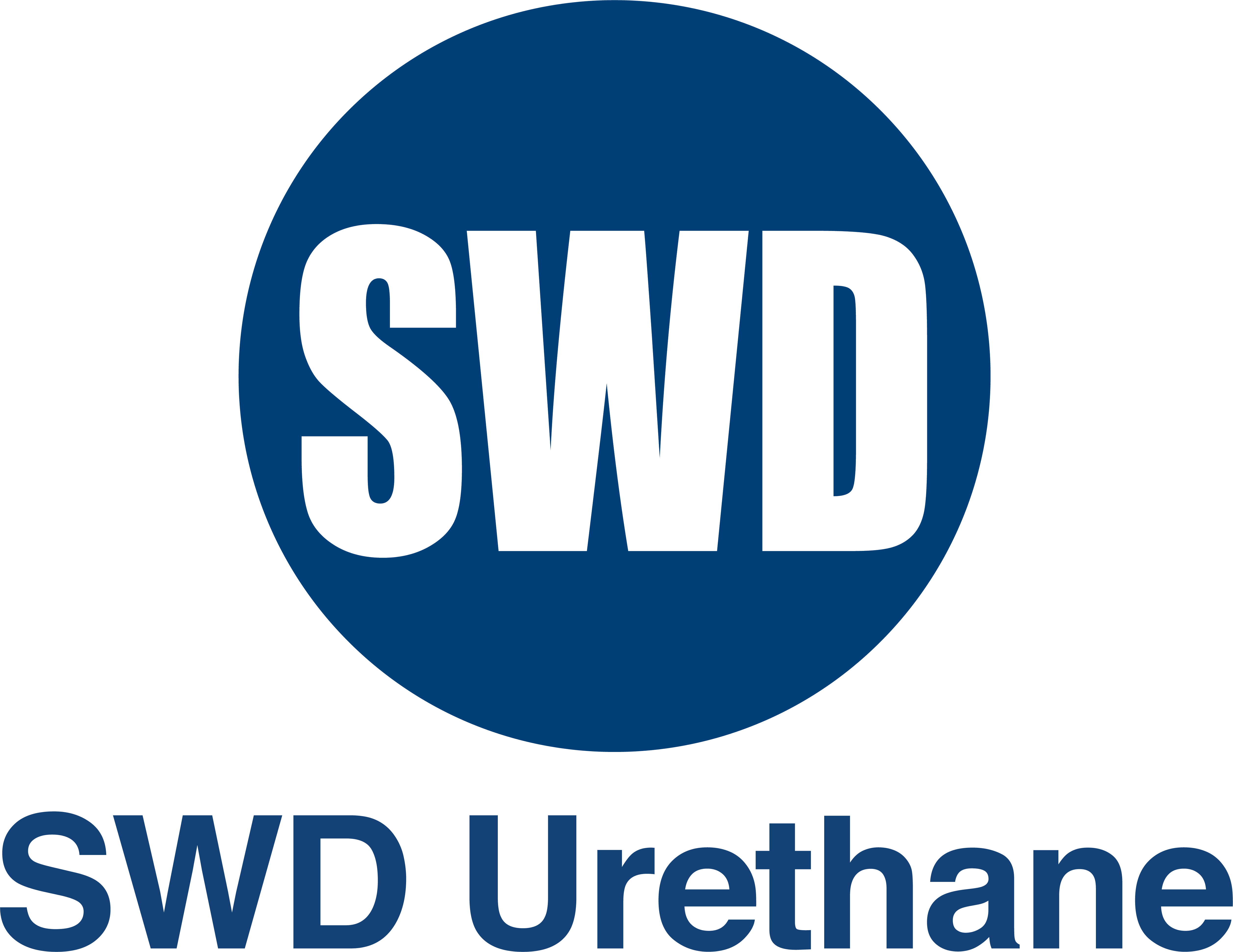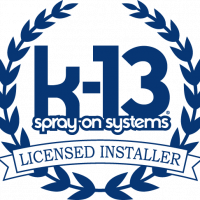There are many things you can do to improve the energy efficiency of your home. One of the most effective things you can do is make sure your home is well insulated. This goes beyond just the insulation in the walls of your home.
Here’s some helpful information to keep in mind about how energy efficiency and insulation go hand in hand.
Insulation keeps heating costs down
The main purpose of insulation is to keep the inside of your home at a stable temperature, no matter what the weather may be like outside. It does this by creating a barrier to absorb heat and keep it from transferring that warmth. This works to keep heat inside your home when it’s cold outside as much as it does to keep heat out when you want it to stay cool inside.
According to the United States Department of Energy, about 50 percent of heat loss in residential buildings (and 60 percent of heat in commercial buildings) escapes through walls, foundations and the roof. It makes sense, then, to insulate these areas and to possibly cut down on the amount of heat loss your building will experience.
Beyond the walls
Insulation is important to have in the walls of your home, but it’s also important to have in the high and low places, too. That means the attic and floor should be insulated, especially to protect against heat loss in the winter months.
Heat will naturally rise to the highest point in a space—and that’s the attic. You could be losing a lot of heat through the attic of your home even if you don’t realize it. The same goes for the floors: If you don’t have insulation beneath the flooring of your home, be it carpet, hardwood or something else, you could be losing a lot of heat right into the ground.
Another part of insulation is how well the windows and doors in your home are sealed. Even a little gap can let a steady stream of cold air in or out. A tight seal is an important insulation tool against heat transfer. Make sure your windows shut tightly and there are no gaps in the sealing of the frame. Also, check to see if the weatherstripping on your doors is in good shape. You should do this at the beginning of winter and replace them as needed.
Beyond the minimum
The effectiveness of a given insulation material is measured by its R-value. There are standards for R-values, as well as minimum requirements for homes and commercial buildings, but that doesn’t mean you have to go with the bare minimum. Depending on your home and energy use, it might make sense to go with a more effective insulation beyond the minimum requirement.
To determine what type of insulation is best for your home, it’s best to have a professional come for an inspection. When you’re ready to upgrade the energy efficiency of your home with new insulation, contact Ace Insulation Inc. today.


